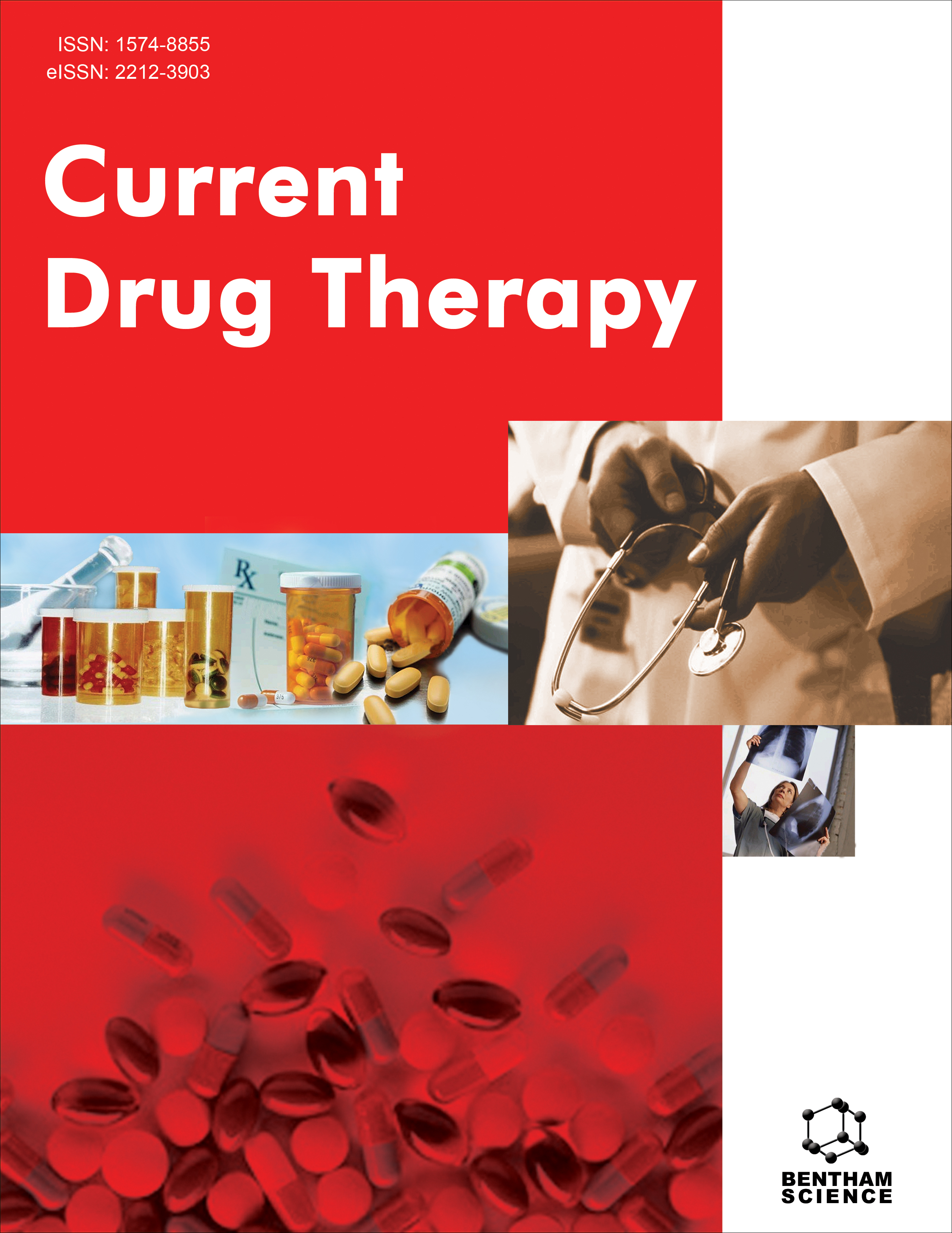
Full text loading...
We use cookies to track usage and preferences.I Understand

Globally, over forty million people are living with Human Immunodeficiency Viral (HIV) infections. Highly Active Antiretroviral Therapy (HAART) consists of two or three Antiretroviral (ARV) drugs and has been used for more than a decade to prolong the life of AIDS-diagnosed patients. The persistent use of HAART is essential for effectively suppressing HIV replication. Frequent use of multiple medications at relatively high dosages is a major reason for patient noncompliance and an obstacle to achieving efficient pharmacological treatment. Despite strict compliance with the HAART regimen, the eradication of HIV from the host remains unattainable. Anatomical and Intracellular viral reservoirs are responsible for persistent infection. Elimination of the virus from these reservoirs is critical for successful long-term therapy. Therefore, innovative approaches are required to design safe and effective therapies. Nanotechnology has revolutionized HIV drug delivery by addressing key challenges, including improving drug solubility, targeting specific cells, extending drug release, protecting drugs from degradation, overcoming biological barriers, enabling combination therapy, and enhancing vaccine delivery. Several nanocarrier systems, such as dendrimers, nanoemulsions, liposomes, solid nanoparticles (SLNs), and nanostructured lipid carriers, have been proposed to treat HIV infection. Additionally, nanosuspensions of antiretroviral drugs offer promising strategies for improving treatment outcomes. While these advancements have significantly improved HIV management strategies, challenges remain, including unexpected toxicity, avoiding harmful biological interactions, and costs associated with the large-scale production of nanopharmaceuticals.

Article metrics loading...

Full text loading...
References
